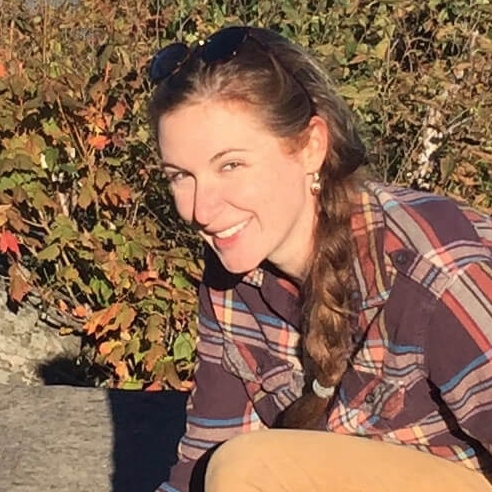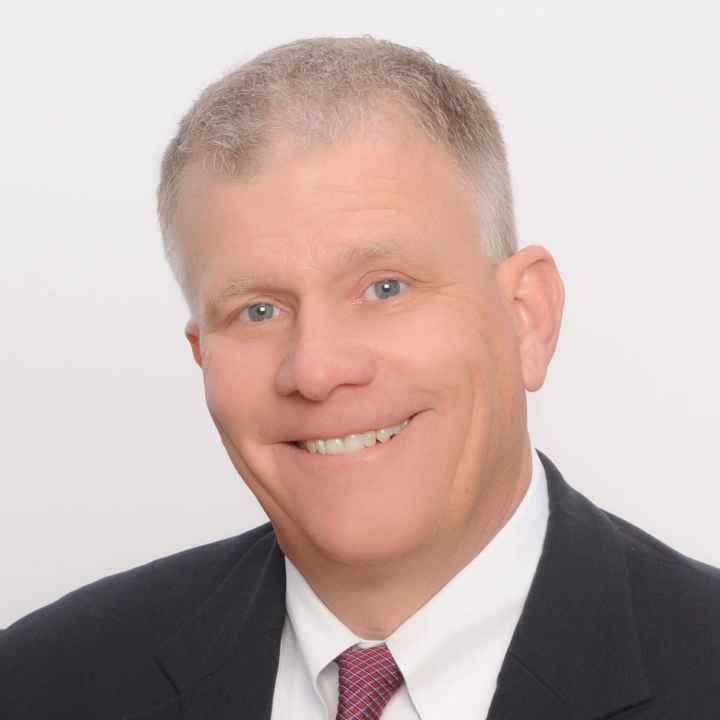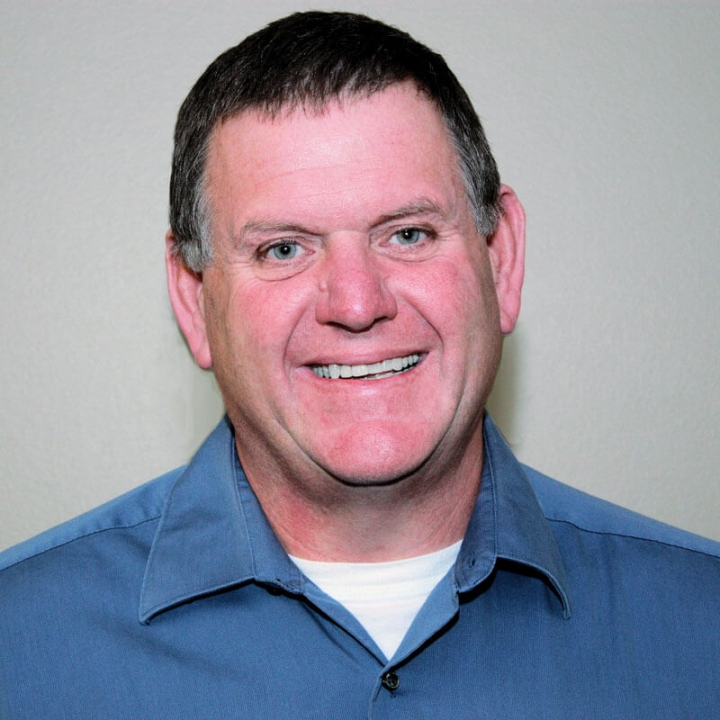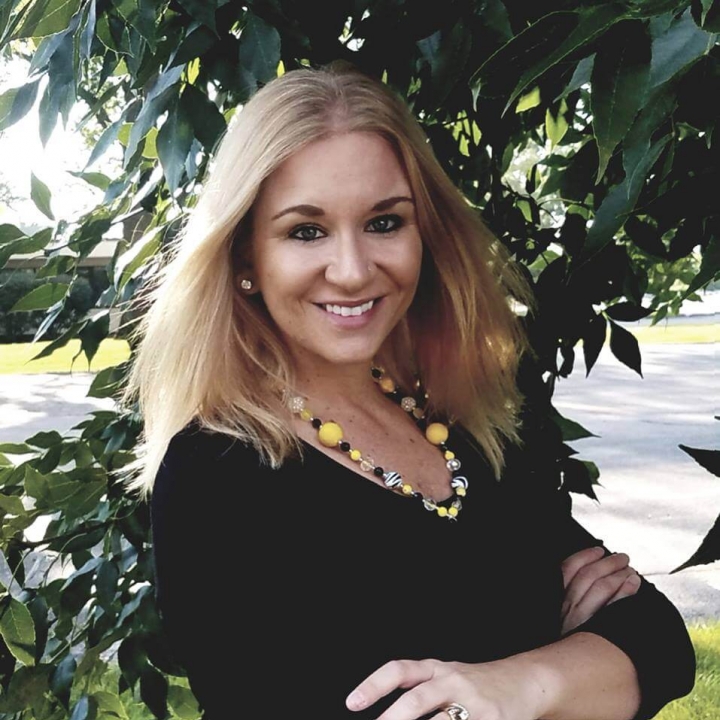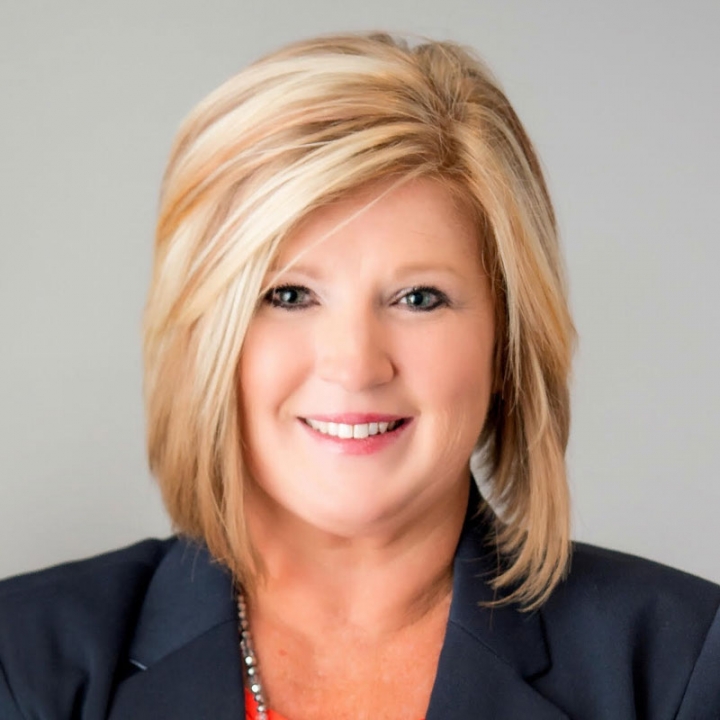Buttigieg plans to expand access to naloxone, but his plan does not recognize the overwhelming current reality of naloxone access in the U.S.: All evidence suggests that naloxone is only successful when put into the hands of people who use drugs - paramedics, bystanders, and first responders reverse only a small fraction of overdoses. While some states currently use federal funding to purchase naloxone, many states have restricted this naloxone purchased with federal funds. In short, the funding rarely makes its way to communities where it is needed.
“Expand take-home naloxone programs to all 50 states by 2024 and advance the implementation of harm reduction services to reduce overdose deaths and the spread of infectious diseases related to needle sharing. Harm reduction programs are a critical part of any effective response to the opioid and injection drug use crisis. They minimize the negative impact of drug use without encouraging it, while reducing other side effects of drug use. In particular, this means access to syringe service programs for people who inject drugs, that link them to treatment, and provides access to sterile syringes. These programs help prevent transmission of HIV, viral hepatitis, and other infectious diseases associated with needle sharing, and reduce overdoses by deploying medication such as naloxone that help reverse the effects of opioids.”
“To expand harm reduction services, we will Make naloxone, a drug that can be administered by any individual, broadly available in order to reverse overdoses. This includes expanding federal support for the purchase of naloxone by state and local health departments, assuring it is widely available in public spaces and workplaces in a similar way (and in conjunction with) first aid kits and Automated External Defibrillators (AEDs), and encouraging co-prescribing of naloxone with opioids, either by individual physicians or direct dispensing by pharmacists.”


